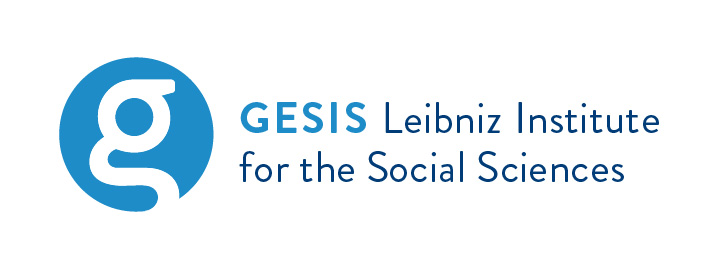How Much is a Box? The Hidden Cost of Adding an Open-ended Probe to an Online Survey
Abstract
Probing questions, essentially open-ended comment boxes that are attached to a traditional closed-ended question, are increasingly used in online surveys. They give respondents an opportunity to share information that goes beyond what can be captured through standardized response categories. However, even when probes are non-mandatory, they can add to perceived response burden and incur a cost in the form of lower respondent cooperation. This paper seeks to measure this cost and reports on a survey experiment that was integrated into a short questionnaire on a German salary comparison site (N = 22,306). Respondents were randomly assigned to one of three conditions: a control without a probing question; a probe that was embedded directly into the closed-ended question; and a probe displayed on a subsequent page. For every meaningful comment gathered, the embedded design resulted in 0.1 break-offs and roughly 3.7 item missings for the closed-ended question. The paging design led to 0.2 additional break-offs for every open-ended answer it collected. Against expectations, smartphone users were more likely to provide meaningful (albeit shorter) open-ended answers than those using a PC or laptop. However, smartphone use also amplified the adverse effects of the probe on break-offs and item non-response to the closed-ended question. Despite documenting their hidden cost, this paper argues that the value of the additional information gathered by probes can make them worthwhile. In conclusion, it endorses the selective use of probes as a tool to better understand survey respondents
Keywords
open-ended probes, survey experiment, mobile survey response
Full Text:
PDFDOI: https://doi.org/10.12758/mda.2020.09
Refbacks
- There are currently no refbacks.
Copyright (c) 2020 Malte Luebker

This work is licensed under a Creative Commons Attribution 4.0 International License.

